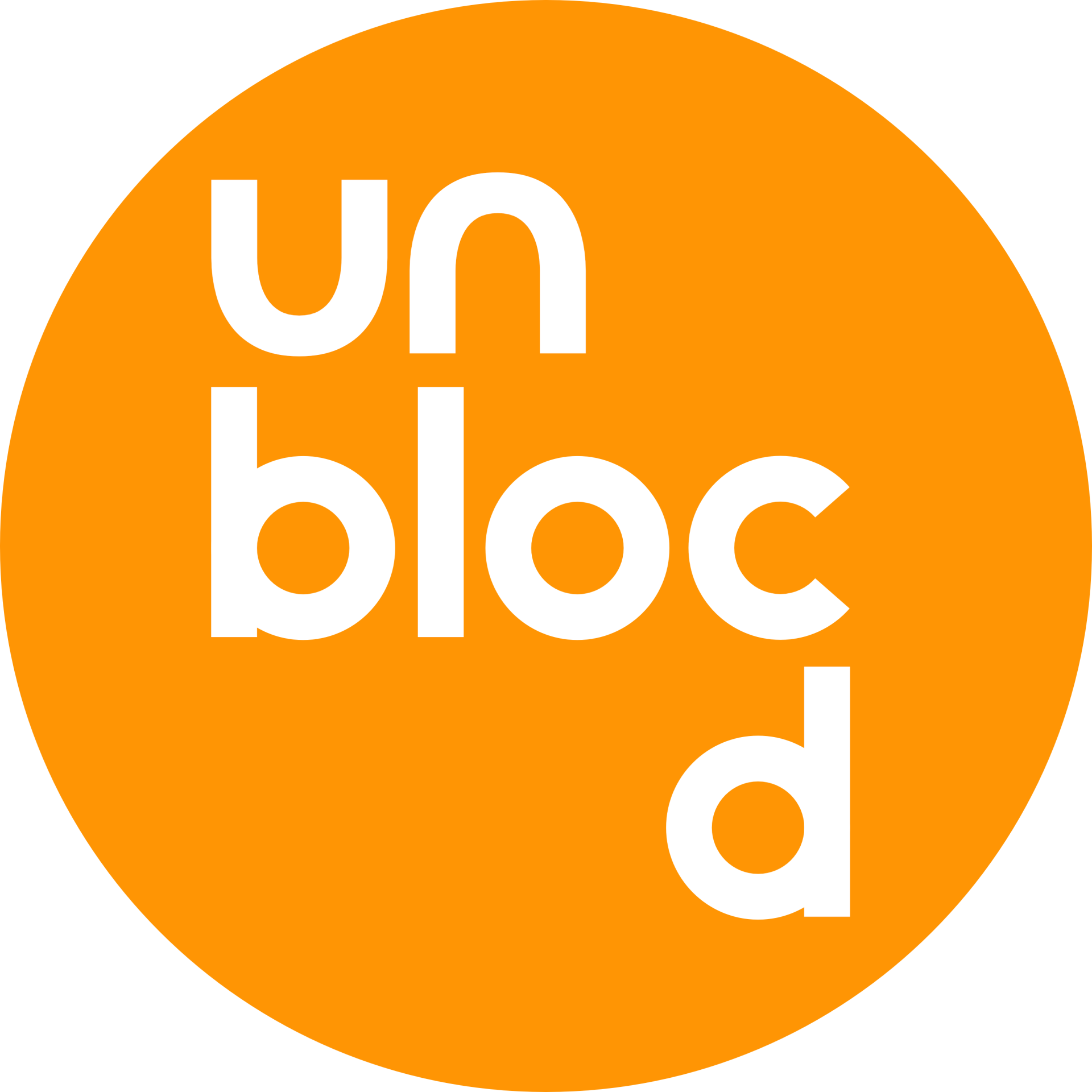Why Mindset Matters in Climbing Injury Recovery
Injuries Create More Than Physical Setbacks
Threat State = Stalled Recovery
Ready to recover faster and feel more like yourself? Discover how our course can help.
Shift to a Challenge State
3 Mental Resources for a Stronger Recovery
1. Perceived Control: Focus on What You Can Influence
Injuries often feel chaotic, things feel out of your hands, especially when you’re waiting on a diagnosis, progress is slow, or a return-to-climbing timeline is uncertain.
That’s where your perception of control comes in. It is not about controlling everything—it’s about feeling in control of some things and focusing on what is helpful for your progress.
That’s where your perception of control comes in. It is not about controlling everything—it’s about feeling in control of some things and focusing on what is helpful for your progress.
Why it works:
Feeling in control, even in small ways, helps calm your nervous system, reduce overwhelm, and keep you engaged in the recovery process.
What it looks like:
- Creating a weekly recovery plan
- Following your physio’s guidance consistently
- Tracking your rehab progress
- Asking questions and staying informed
- Advocating for your needs (e.g., requesting modified training or mental support)
Try this:
Make a “Recovery Control Map.” Draw two circles:
- Inner Circle: things you can control (doing rehab, sleep, nutrition, mindset, showing up)
- Outer Circle: things you can’t (timeline, what others think, weather, past mistakes)
- Focus your energy on the inner circle. You’ll feel calmer, clearer, and more in charge.
2. Self-Efficacy: Build Confidence Through Small Wins
Self-efficacy is your belief in your ability to recover. It goes beyond “I think I can”, it is earned confidence through consistent action.
Why it works:
When you believe you are capable, you are more likely to take small steps forward, thereby stay motivated, keep going after setbacks, and make smarter training and recovery decisions.
What it looks like:
- Completing your rehab exercises for the week
- Seeing improvements in range of motion or strength
- Reaching small milestones: “First pain-free hangboard session” or “First outdoor session back”
- Showing up for mental work, even when motivation is low
Try this:
Create a "Recovery Wins" journal. Every week, jot down:
- 1 thing you did well
- 1 small sign of progress
- 1 thing you learned about yourself
- Over time, you’ll build a clear track record of capability and have a powerful mindset boost when doubt creeps in.
3. Approach Motivation: Aim Toward What Matters
Instead of just trying to avoid pain or “not get injured again,” approach motivation helps you move toward something meaningful. It taps into your why.
Why it works:
Approach goals activate drive, energy, and purpose. They help you stay engaged even when the going gets tough and give meaning to the slow days.
What it looks like:
Focus on where you want to go.
- “I want to come back with better technique.”
- “I want to rebuild my confidence on lead.”
- “I want to use this downtime to improve my mindset.”
- “I want to send my first 7a again by the end of the year.”
Try this:
Write down one goal that excites you, not something you want to avoid losing, but something you’re aiming toward.
Then, list three ways your current situation can help prepare you for that goal.
Example:
Goal: Feel confident on overhangs again
Prep during recovery: Improve shoulder mobility, study route-reading videos, practice breath control.
This turns your injury time into training time and helps you feel connected to the bigger picture.


